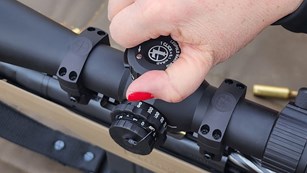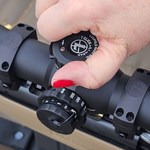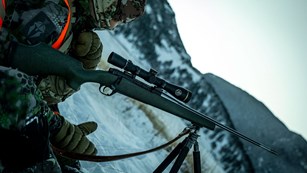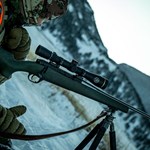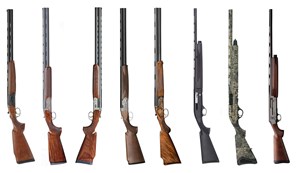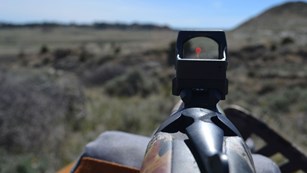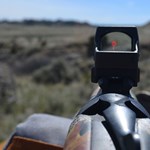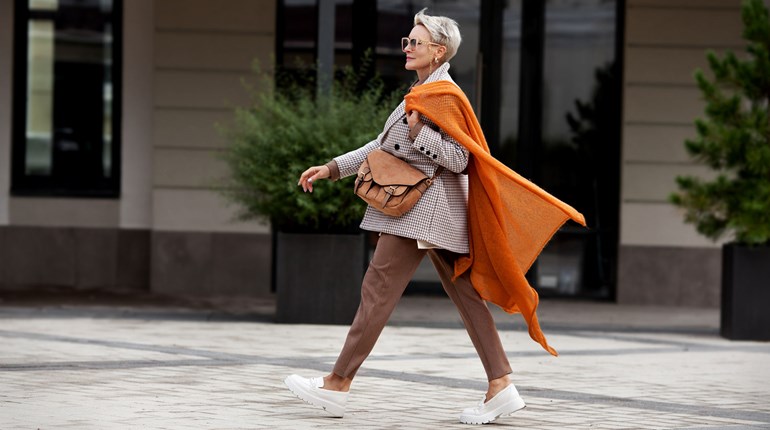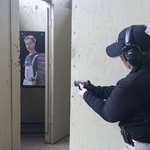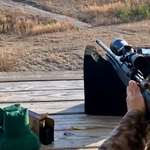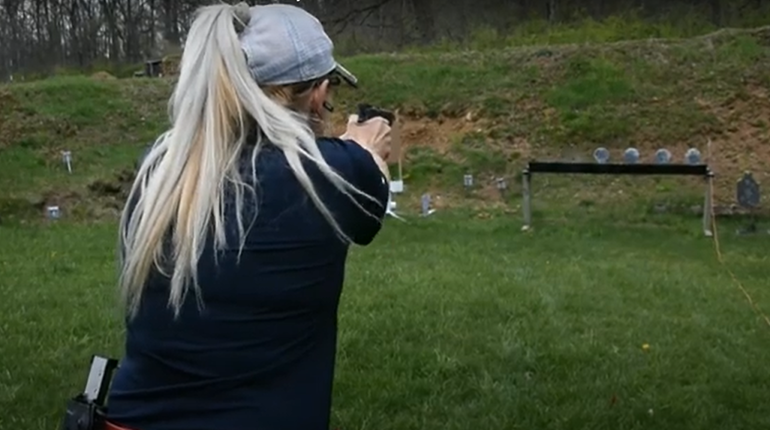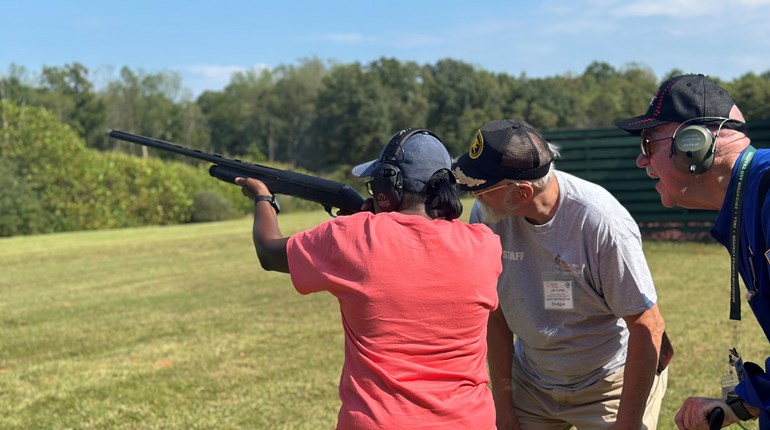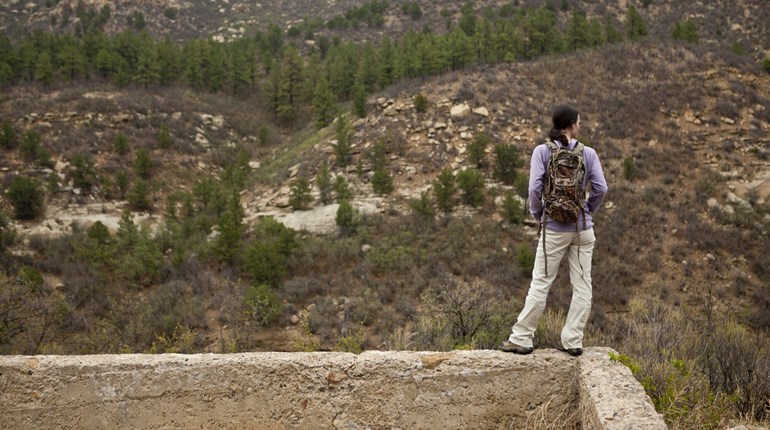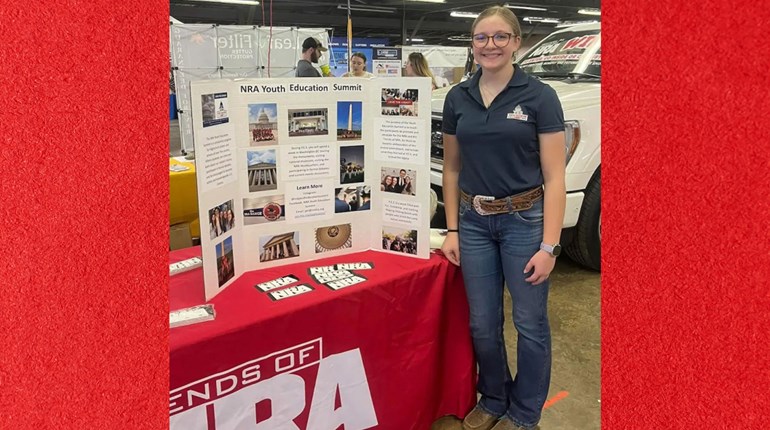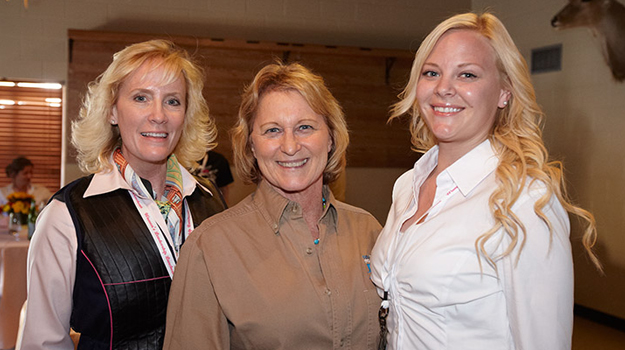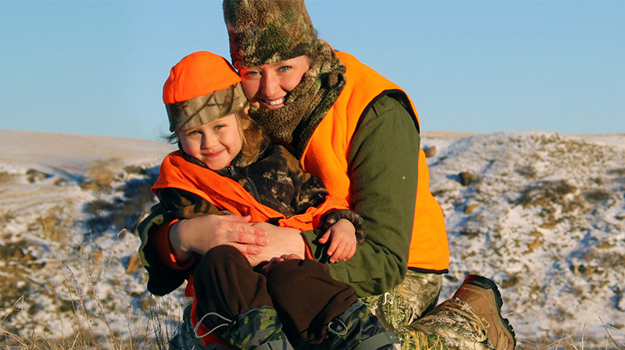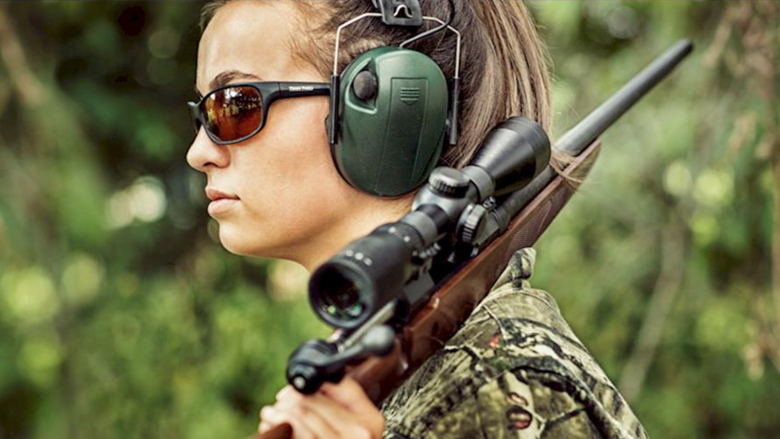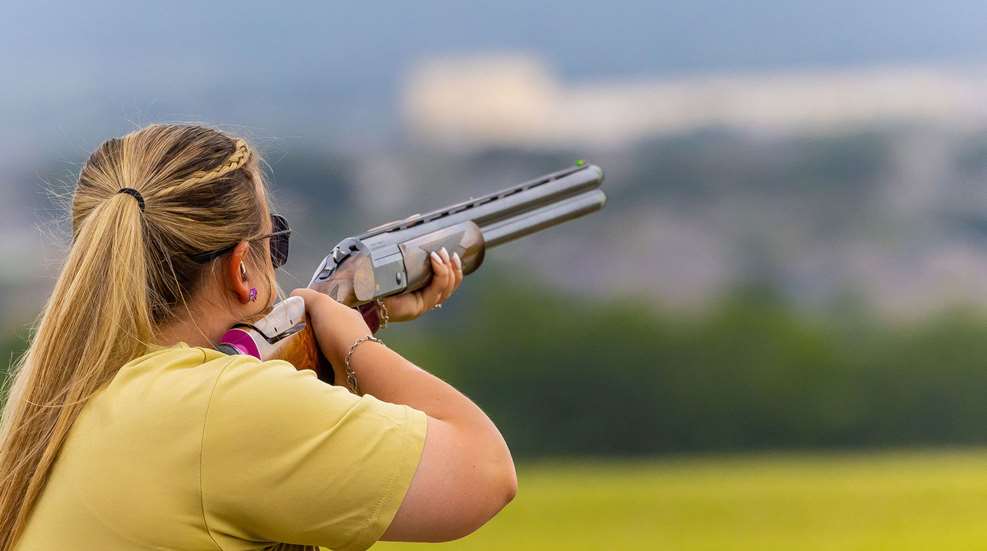
It’s no secret that the more you practice something, the better you get at it. If you practice it often enough, it becomes so easy that you can eventually do it without even thinking about it. We sometimes call this “muscle memory,” indicating that our muscles remember the movement and know how to repeat it. But how does it work?
Well, muscle memory is a real thing, but it doesn’t live in your muscles. Your memory actually resides in your brain, which sends the signals to your nerve and muscles to do their thing. In fact, it’s often more accurately called “motor memory” or “procedural memory.” See, the first time you try a new skill or movement, your brain creates a neural pathway or connection that controls the involved muscle groups. The more you repeat the movement (correctly), the faster and more efficient that pathway gets. With enough repetitions, it moves from your short-term memory to your long-term memory and gets nice and comfy there, and those pathways can fire so quickly that the movement becomes automatic to the point where you’re operating subconsciously.
This is what allows a guitar player to move smoothly from one chord to another without stopping to think about where each finger must go. It allows a pro golfer to pick up her club and assume the proper grip and stance without having to remember how her hands wrap around each other or where her feet should be. It allows a basketball player to dribble the ball without even thinking about it, freeing up her mind to focus on other aspects of the game.
Procedural memory is very relevant to shooters. When you hand a shotgun to a new person who has never held one before, no matter how well it fits her, she’s not going to be able to throw it to her shoulder and mount it perfectly 10 times in a row. She’s got to build that pathway by mounting it over and over, probably thousands of times, before it happens perfectly every time. And particularly with shotgun shooting, she won’t ever be a great shooter until her mount and move to the target becomes embedded in her motor memory. Great shotgun shooting requires all your focus to be on the moving target, and you can’t achieve that if you’re using up some of your brain power thinking about how to get the gun to the right place on your cheek.
The same is true with handguns and rifles. Even if a rifle fits you well, you’ll need to learn how to position it in your shoulder and where your face belongs on the stock so that you can see clearly through the scope. You’ll make adjustments the first few times you shoulder a new rifle, finding the sweet spot that’s comfortable and that allows you the perfect amount of eye relief, but eventually you’ll be able to pick up that rifle and find a target in the scope with no adjustments and without even thinking about how you did it. Handguns are the same way—at first, you might struggle to find the red dot or to align the sights with the target, but do it often enough and your presentation will get faster and faster, with the sights finding their own way to the target without you having to fish around for them.
What else? These are other muscle memory skills you might consider working on, depending on your priorities:
- For concealed carriers, using your support hand to sweep your jacket aside or bringing it to your chest as you draw the gun to avoid muzzling yourself
- For hunters, immediately running the bolt on your rifle after you reacquire your sight picture, so that you’re ready for a follow-up shot if one is needed—without having to look for the bolt with your eyes first
- For archers, a smooth, even draw involves several steps that will eventually be automatized into one fluid motion.
- For everyone, picking up a gun and automatically straightening your finger out along the side of the receiver, well above the trigger guard, is a form of muscle memory that is vital for firearms safety.
Interestingly, while this is all related to motor function, Science for Sport reports that building skill is not entirely reliant on physical movement, reporting that “Cognitive processes, such as conscious practice and visualization, contribute to muscle memory.” This is one of the reasons that many champion skeet shooters will visualize themselves shooting an entire round before a big tournament—you don’t necessarily have to do the movements to reinforce the muscle memory.
Can You Lose Muscle Memory?
Most skills are perishable, some more than others. The good news is that once you’ve automated a skill, it doesn’t usually just disappear if you stop using it. The neural pathways might decay a bit, but they are still there in some form waiting to be recalled. You know that saying, “It’s like riding a bike?” That’s a reference to procedural memory. Most of us haven’t ridden a bicycle since we were kids, but if we were to hop back on one now as adults, we could probably still ride. We might be a little wobbly at first, but that movement was automatized years ago and we’ve still got it.
If you were to take a long break from shooting—even years long—you can get your procedural memory skills back much faster than it would take you to learn new skills. You might be slower to draw your handgun, or you might fumble your shotgun mount a few times at first, but those neural pathways haven’t disappeared, and the skill will come back in much less time than it took you to initially learn it.
How Long Does It Take?
Building muscle memory to the point of automaticity takes repetition, but how much repetition depends on the person, the complexity of the task, and how familiar you were with the task or similar tasks to begin with. How long it lasts (assuming you stop practicing it completely) also depends, with some skills staying with you your entire life. Science is still studying the subject of how long we can retain muscle memory.
As for how long it takes to come back once you’ve taken a break, that depends, too. Lots of factors come into play, such as how much time you took off, how long and how consistently you had practiced the skill the first time around, your health and activity level, your age and your genetics. The complexity of the task matters too, of course. Science for Sport reports that complex movements are more susceptible to loss than simpler movements, and conversely, basic skills might come back faster and more easily than complex skills.
Why It Matters for Shooters
The more aspects of your basic gun mount, movement, sight picture acquisition and handling you can do without having to consciously think about them, the better shooter you’ll be. All of these types of skills can be automated and stored in your procedural memory with enough repetition, and visualization can even help when you’re not able to actually have a gun in your hands.
There’s no substitute for actual shooting, of course, but many of these skills can be practiced at home with an unloaded gun. Shotgun mounts, handgun draws and presentations and more can all be practiced without ever pulling a trigger. The really good news is that the more you automate and file away in your long-term motor memory, the more you free up your brain to focus on other things—like watching the target, making high-stakes decisions in self-defense or hunting, or planning your next move in a shooting competition.
